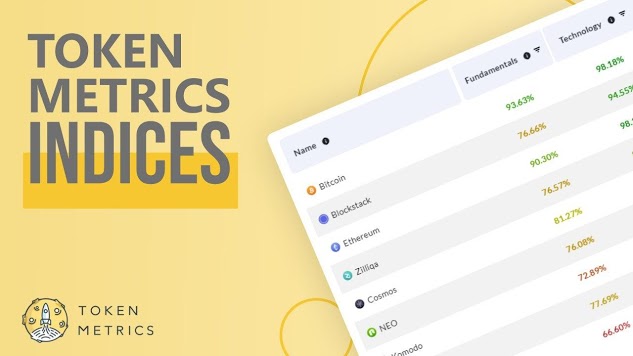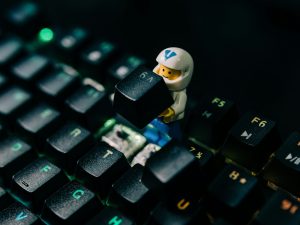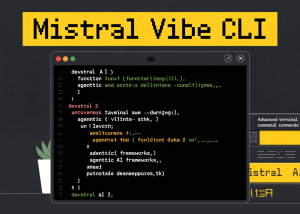Runway Gen-3 Alpha can now bookend your AI videos. Creators, take note

Join our daily and weekly newsletters for the latest updates and exclusive content on industry-leading AI coverage. Learn More
Runway, the New York-based AI startup, has taken another significant step in the rapidly evolving field of AI-generated video. The company announced today that its Gen-3 Alpha Image to Video tool now supports using an image as either the first or last frame of video generation, a feature that could dramatically improve creative control for filmmakers, marketers, and content creators.
This update comes just one week after Runway officially released Gen-3 Alpha, highlighting the company’s aggressive push to stay ahead in the competitive AI video generation market. The new capability allows users to anchor their AI-generated videos with specific imagery, potentially solving one of the key challenges in AI video creation: consistency and predictability.
Bookending dreams: The power of first and last frames
“Gen-3 Alpha Image to Video now supports using an image as either the first or last frame of your video generation. This feature can be used on its own or combined with a text prompt for additional guidance,” Runway announced via their official X.com account.
The impact of this feature was immediately recognized by users. Justin Ryan, a digital artist, posted in response: “This is such a big deal! I’m hoping this means we are closer to First and final frame like Luma Labs offers.”
This development puts Runway in direct competition with other players in the space, such as Luma Labs, Pika, and OpenAI’s much-anticipated Sora. However, Runway’s public availability gives it a significant edge over Sora, which remains in closed testing.
The AI video arms race: Runway’s strategic gambit
This latest feature represents a crucial step in solving one of the most persistent challenges in AI-generated video: maintaining coherence and artistic intent throughout the generation process. By allowing users to specify both starting and ending points, Runway is effectively creating a “narrative bridge” that the AI must follow, potentially leading to more controlled and purposeful outputs.
The ability to bookend AI-generated videos with specific imagery could be particularly valuable in commercial applications, where brand consistency is paramount. Marketing teams could, for instance, ensure that product shots or logo placements appear exactly as intended at key moments in the video, while still leveraging the creative potential of AI for the intervening content.
The advancement comes at a crucial time for Runway. The Information recently reported that the company is in talks to raise $450 million at a $4 billion valuation, with VC firm General Atlantic potentially leading the round. This substantial investment, if realized, would provide Runway with significant resources to continue its rapid development cycle and fend off competition.
However, the AI video generation field is not without challenges. Runway, along with several other AI companies, is facing legal scrutiny over its data collection and training practices. A class-action lawsuit alleges that the company’s use of publicly available images and videos for AI training may violate copyright laws.
Pixels and possibilities: The future of AI-generated video
The implications of this technology extend far beyond just creating eye-catching content. As AI-generated video becomes more sophisticated and controllable, it could reshape entire industries. In film production, for example, it could allow for rapid prototyping of complex scenes or even the creation of entire sequences without the need for expensive sets or locations. In education, it could enable the quick creation of customized instructional videos tailored to individual learning styles or curricula.
However, this technology also raises profound questions about the nature of creativity and authorship in the digital age. As AI systems become capable of generating increasingly sophisticated and human-like content, the line between human and machine creativity blurs. This could lead to new paradigms in copyright law, changes in how we value and compensate creative work, and even shifts in our understanding of what it means to be an artist or filmmaker.
As the AI video race heats up, all eyes will be on how Runway leverages this new feature and potential funding to stay ahead of the curve. With the promise of transforming video creation as we know it, the stakes couldn’t be higher. The company that can best balance technological innovation with user needs and ethical considerations may well emerge as the leader in this new frontier of digital creativity.












